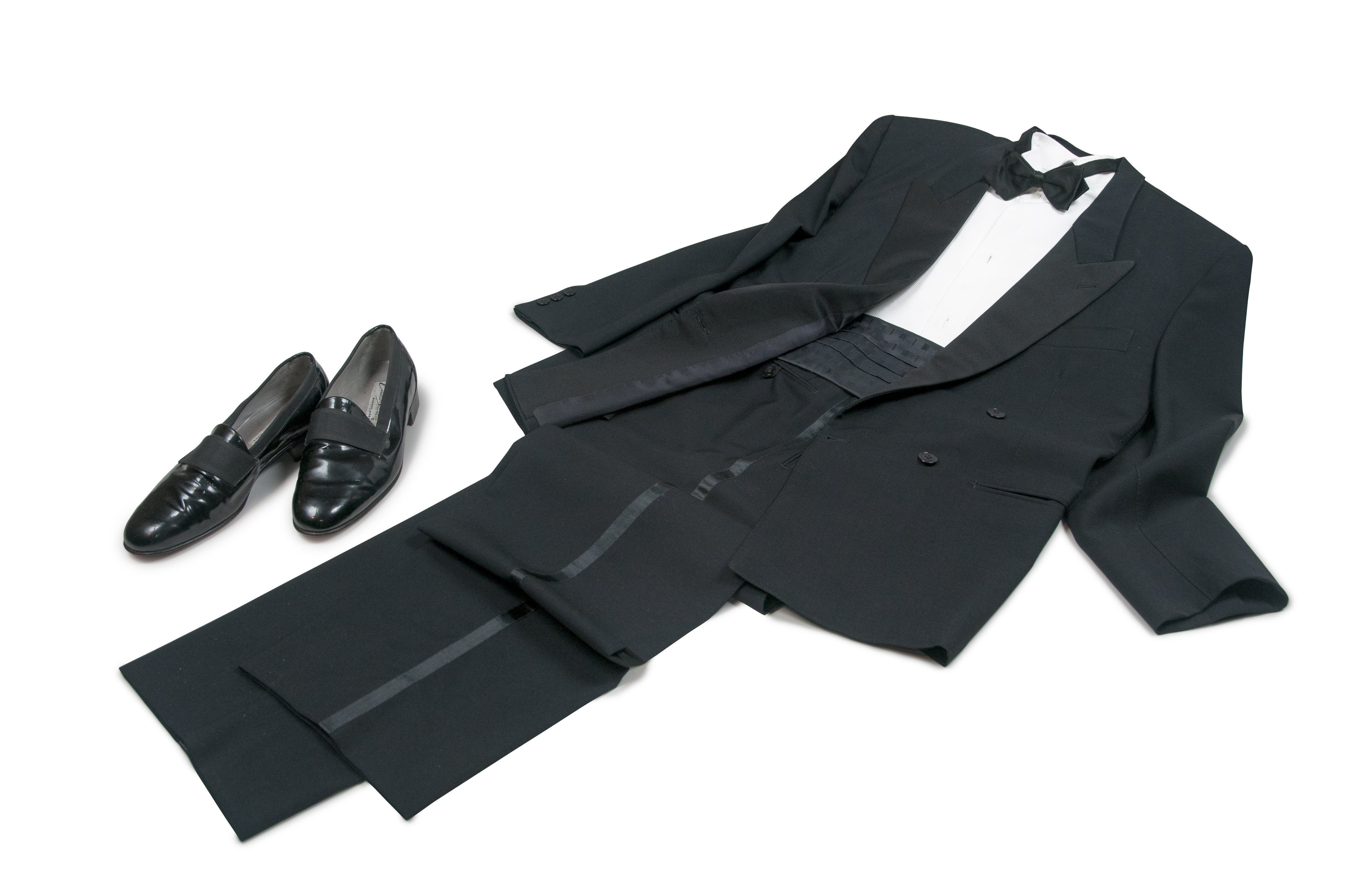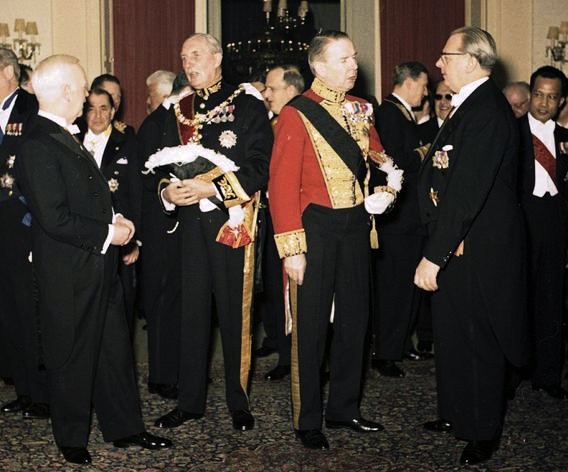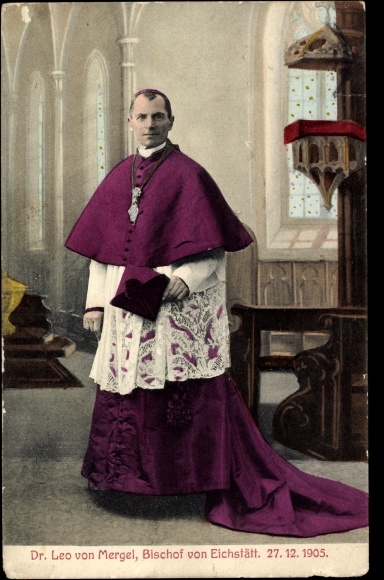|
Cuff
A cuff is a layer of fabric at the lower edge of the sleeve of a garment (shirt, coat, jacket, etc.) at the wrist, or at the ankle end of a trouser leg. The function of turned-back cuffs is to protect the cloth of the garment from fraying, and, when frayed, to allow the cuffs to be readily repaired or replaced, without changing the garment. Cuffs are made by turning back (folding) the material, or a separate band of material can be sewn on, or worn separately, attached either by buttons or studs. A cuff may display an ornamental border or have lace or some other trimming. In US usage, the word ''trouser cuffs'' refers to the folded, finished bottoms of the legs of a pair of trousers. In the UK, while this usage is now sometimes followed, the traditional term for the turned up trouser hem is 'turnup'. History Between the 15th and 18th centuries, rich men often wore sleeve cuffs ornamented with fine lace. Catholic clergy have the cuffs of their choir dress ornamented with fine ... [...More Info...] [...Related Items...] OR: [Wikipedia] [Google] [Baidu] |
Cufflink
Cufflinks are items of jewelry that are used to secure the cuffs of dress shirts. Cufflinks can be manufactured from a variety of different materials, such as glass, stone, leather, metal, precious metal or combinations of these. Securing of the cufflinks is usually achieved via toggles or reverses based on the design of the front section, which can be folded into position. There are also variants with chains or a rigid, bent rear section. The front sections of the cufflinks can be decorated with gemstones, inlays, inset material or enamel and designed in two or three-dimensional forms. Cufflinks are designed only for use with shirts that have cuffs with buttonholes on two sides but no buttons. These may be either single or double-length ("French") cuffs, and may be worn either "kissing", with both edges pointing outward, or "barrel-style", with one edge pointing outward and the other one inward so that its hem is overlapped. In the US, the "barrel-style" was popularized by ... [...More Info...] [...Related Items...] OR: [Wikipedia] [Google] [Baidu] |
Cuff (clothing)
A cuff is a layer of fabric at the lower edge of the sleeve of a garment (shirt, coat, jacket, etc.) at the wrist, or at the ankle end of a trouser leg. The function of turned-back cuffs is to protect the cloth of the garment from fraying, and, when frayed, to allow the cuffs to be readily repaired or replaced, without changing the garment. Cuffs are made by turning back (folding) the material, or a separate band of material can be sewn on, or worn separately, attached either by buttons or studs. A cuff may display an ornamental border or have lace or some other trimming. In US usage, the word ''trouser cuffs'' refers to the folded, finished bottoms of the legs of a pair of trousers. In the UK, while this usage is now sometimes followed, the traditional term for the turned up trouser hem is 'turnup'. History Between the 15th and 18th centuries, rich men often wore sleeve cuffs ornamented with fine lace. Catholic clergy have the cuffs of their choir dress ornamented with fine l ... [...More Info...] [...Related Items...] OR: [Wikipedia] [Google] [Baidu] |
Black Tie
Black tie is a semi-formal Western dress code for evening events, originating in British and North American conventions for attire in the 19th century. In British English, the dress code is often referred to synecdochically by its principal element for men, the dinner suit or dinner jacket. In American English, the equivalent term tuxedo (or tux) is common. The dinner suit is a black, midnight blue or white two- or three-piece suit, distinguished by satin or grosgrain jacket lapels and similar stripes along the outseam of the trousers. It is worn with a white dress shirt with standing or turndown collar and link cuffs, a black bow tie, sometimes an evening waistcoat or a cummerbund, and black patent leather dress shoes or court pumps. Accessories may include a semi-formal homburg, bowler, or boater hat. In Britain, some individuals may rebel from the formal dress code by wearing coloured socks or a bow tie that is not black, such as red. For women, an evening gow ... [...More Info...] [...Related Items...] OR: [Wikipedia] [Google] [Baidu] |
Lounge Suit
A suit, also called a lounge suit, business suit, dress suit, or formal suit, is a set of clothes comprising a suit jacket and trousers of identical textiles generally worn with a collared dress shirt, necktie, and dress shoes. A skirt suit is similar, but with a matching skirt instead of trousers. It is currently considered semi-formal wear or business wear in contemporary Western dress codes; however, when the suit was originally developed it was considered an informal or more casual option compared to the prevailing clothing standards of aristocrats and businessmen. The lounge suit originated in 19th-century Britain as sportswear (fashion), sportswear and British country clothing, which is why it was seen as more casual than Wikt:citywear, citywear at that time, with the roots of the suit coming from early modern Western Europe formal court or military clothes. After replacing the black frock coat in the early 20th century as regular daywear, a sober one-coloured suit becam ... [...More Info...] [...Related Items...] OR: [Wikipedia] [Google] [Baidu] |
Suit Jacket
A suit jacket, also called a lounge jacket, dress jacket, lounge coat or suit coat, is a jacket in classic menswear that is part of a suit. History The jacket was originally a work jacket that came into fashion due to the French Revolution. It was popular among sailors, and in the 19th century it became a common item of clothing for sports and recreation. The 1870s saw the birth of the suit, which at first was met with great skepticism and viewed primarily as leisure wear. In particular, which came into fashion in the late 1870s, a suit in a large plaid with rolled to the knee pants. Since 1860, all the components of the suit began to be sewn from a uniform fabric. Today, jackets come in different lengths, but the classic is one in which the jacket covers the buttocks, the sleeves reach the wrist, and the cuff of the shirt extends out a couple of centimeters from under the sleeve of the jacket. Single and double-breasted Most single-breasted suit jackets have two or three b ... [...More Info...] [...Related Items...] OR: [Wikipedia] [Google] [Baidu] |
White Tie
White tie, also called full evening dress or a dress suit, is the most formal evening Western dress code. For men, it consists of a black tail coat (alternatively referred to as a dress coat, usually by tailors) worn over a white dress shirt with a starched or piqué bib, white piqué waistcoat and the white bow tie worn around a standing wing collar. Mid or high-waisted black trousers with '' galon'', a braid of trim consisting of two silk stripes to conceal the outer seams of the trousers, along with court shoes (British English) (pumps in American English) complete the outfit. Orders, decorations and medals in miniature may be worn. Acceptable accessories include a black top hat, white gloves, a white scarf, a pocket watch, a white pocket square, and a boutonnière. Women wear full-length ball or evening gowns with evening gloves and, optionally, tiaras, jewellery, and a small handbag. The dress code's origins can be traced back to the end of the 18th centu ... [...More Info...] [...Related Items...] OR: [Wikipedia] [Google] [Baidu] |
Sleeves
A sleeve (, a word allied to '' slip'', cf. Dutch ) is the part of a garment that covers the arm, or through which the arm passes or slips. The sleeve is a characteristic of fashion seen in almost every country and time period, across a myriad of styles of dress. Styles vary from close-fitting to the arm, to relatively unfitted and wide sleeves, some with extremely wide cuffs. Long, hanging sleeves have been used variously as a type of pocket, from which the phrase "to have up one's sleeve" (to have something concealed ready to produce) comes. There are many other proverbial and metaphorical expressions associated with the sleeve, such as "to wear one's heart upon one's sleeve", and "to laugh in one's sleeve". Early Western medieval sleeves were cut straight, and underarm triangle-shaped gussets were used to provide ease of movement. In the 14th century, the rounded sleeve cap was invented, allowing a more fitted sleeve to be inserted, with ease around the sleeve head and a ... [...More Info...] [...Related Items...] OR: [Wikipedia] [Google] [Baidu] |
Formal Wear
Formal wear or full dress is the Western dress code category applicable for the most formal occasions, such as weddings, Baptism, christenings, confirmations, funerals, Easter traditions, Easter and Christmas traditions, in addition to certain state dinners, Audience (meeting), audiences, Ball (dance party), balls, and horse racing events. When formal dress is required, generally permitted alternatives include the most formal versions of ceremonial dresses (including court dresses, diplomatic uniforms and academic dresses), full dress uniforms, religious clothing, national costumes, and most rarely frock coats (which preceded morning coat as default formal day wear 1820s-1920s). In addition, formal wear is often properly worn when displaying official full size order (distinction), orders and medals. The Etiquette, protocol specifying men's traditional formal wear has remained virtually unchanged since the early 20th century. Despite decline following the counterculture of the 19 ... [...More Info...] [...Related Items...] OR: [Wikipedia] [Google] [Baidu] |
Choir Dress
Choir dress is the traditional vesture of the clerics, seminary, seminarians and religious order, religious of Christian churches worn for public prayer and the administration of the sacraments except when celebrating or Concelebration, concelebrating the Eucharist. It differs from the vestments worn by the celebrants of the Eucharist, being normally made of fabrics such as wool, cotton or silk, as opposed to the fine brocades used in vestments. It may also be worn by lay assistants such as acolytes and choirs. It was abandoned by most of the Protestant churches that developed from the sixteenth-century Reformation. Like vestments, Eucharistic vestments, choir dress derived originally from the formal secular dress of the Roman Empire in the first centuries of the Christian era. This survived in church usage after fashion had changed. Choir dress differs from "house dress," which is worn outside of a liturgical context (whether in the house or on the street). House dress may ... [...More Info...] [...Related Items...] OR: [Wikipedia] [Google] [Baidu] |
Portrait Of A Man Holding A Letter
The ''Portrait of a Man Holding a Letter'', also known as ''The Lawyer'', is an oil on canvas painting by Italian painter Giovanni Battista Moroni, from 1570-1572. It is held at the National Gallery, in London. It is considered one of the most representative paintings of the artist's maturity. Description The painting was made after Moroni's decade of living in Albino. In this period, he reached artistic maturity in his depictions of ordinary people, artisans and anonymous scholars. The painting was wrongly titled ''The Advocate'', due to a misinterpretation of the note that the subject holds in his right hand. The writing MAG was translated in the past as ''Magistrato'' (magistrate) differently from ''Magnifico'' (magnificent), like the artist most likely originally intended. Even the word ''Roman'' on the sheet as indicated by Italian art historian Mina Gregori it is not a person's name, but a place in Bergamo region, where Moroni had worked. The portrayed character, whose iden ... [...More Info...] [...Related Items...] OR: [Wikipedia] [Google] [Baidu] |





